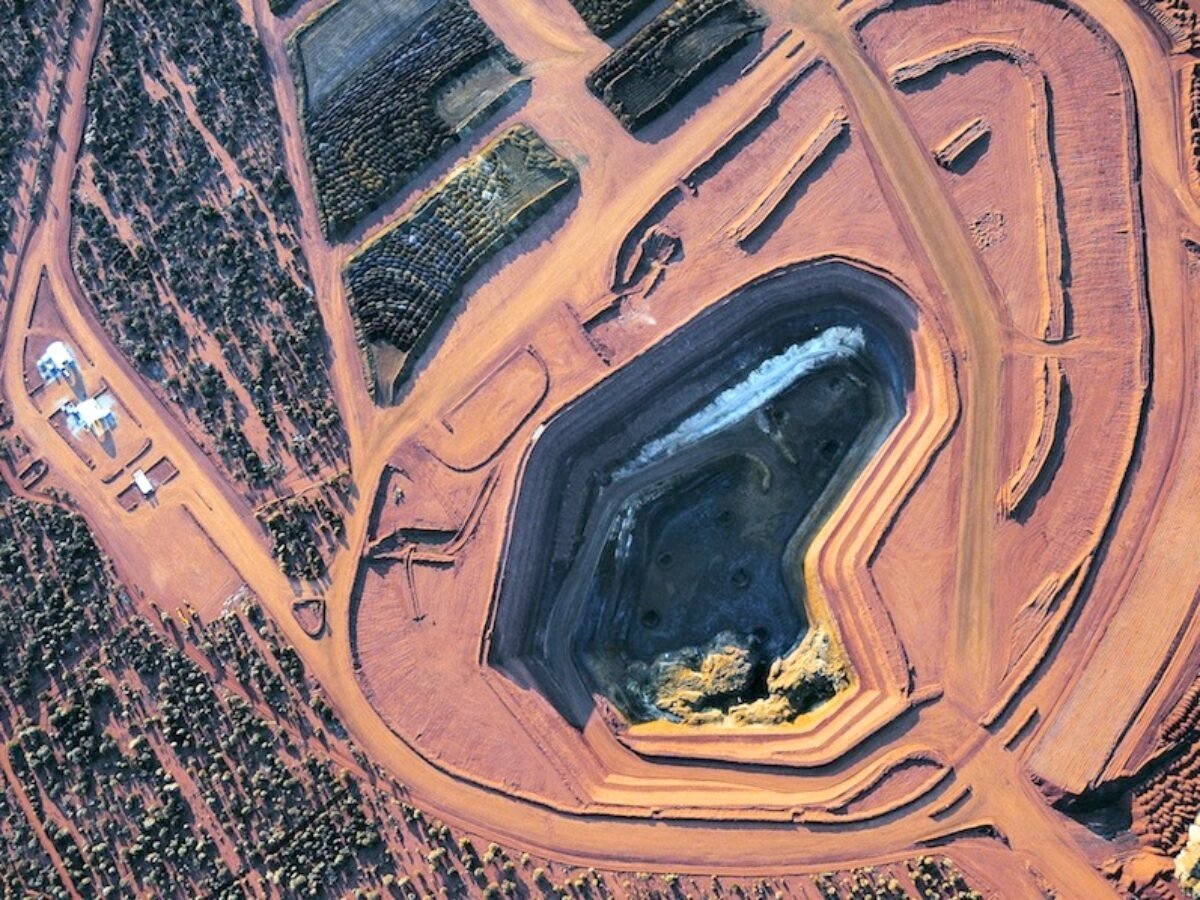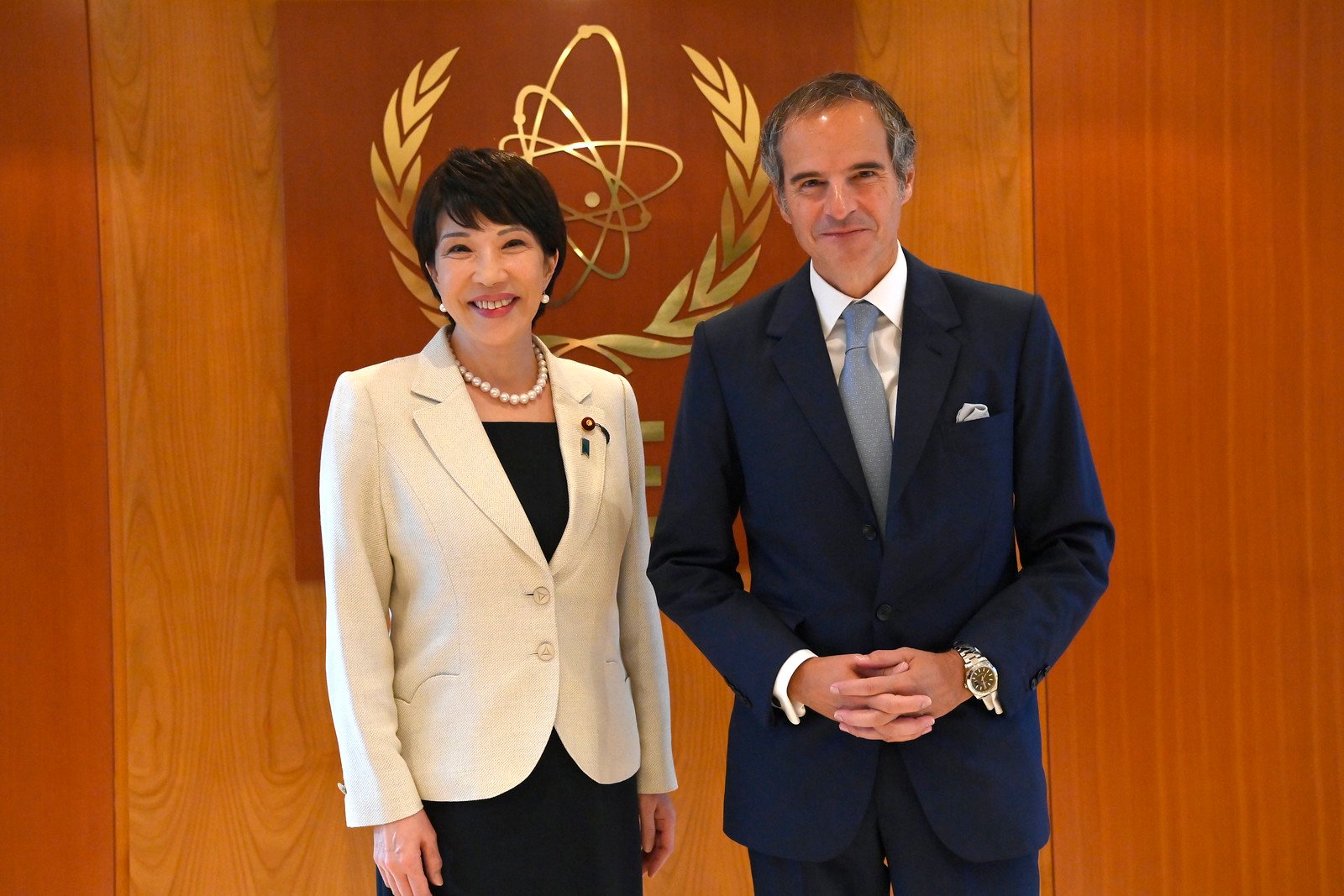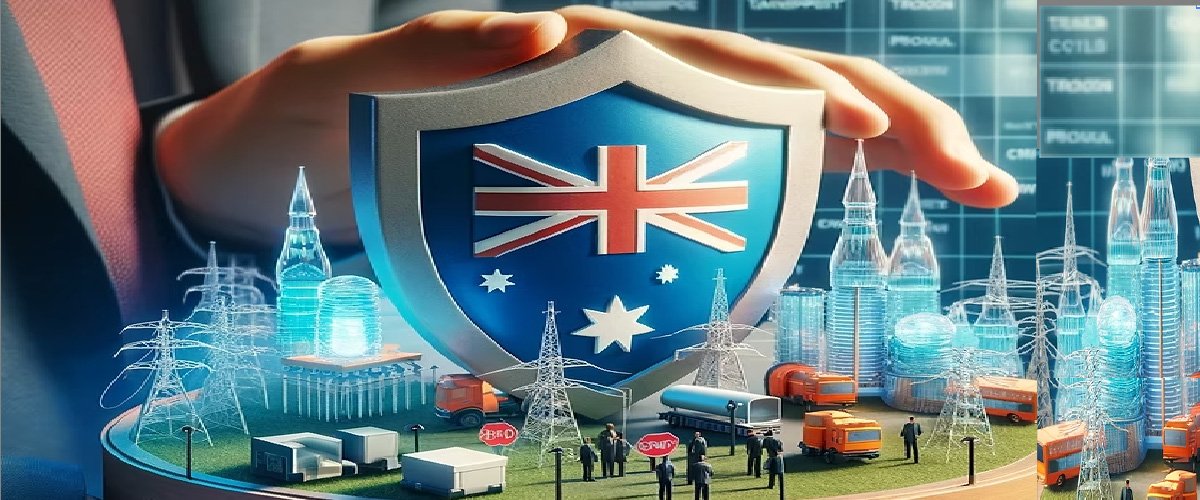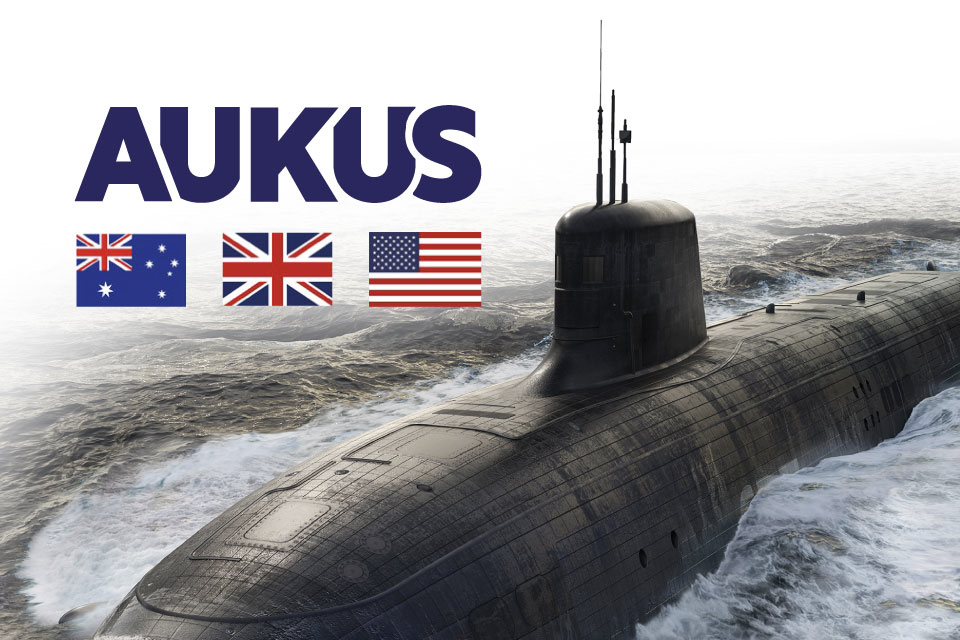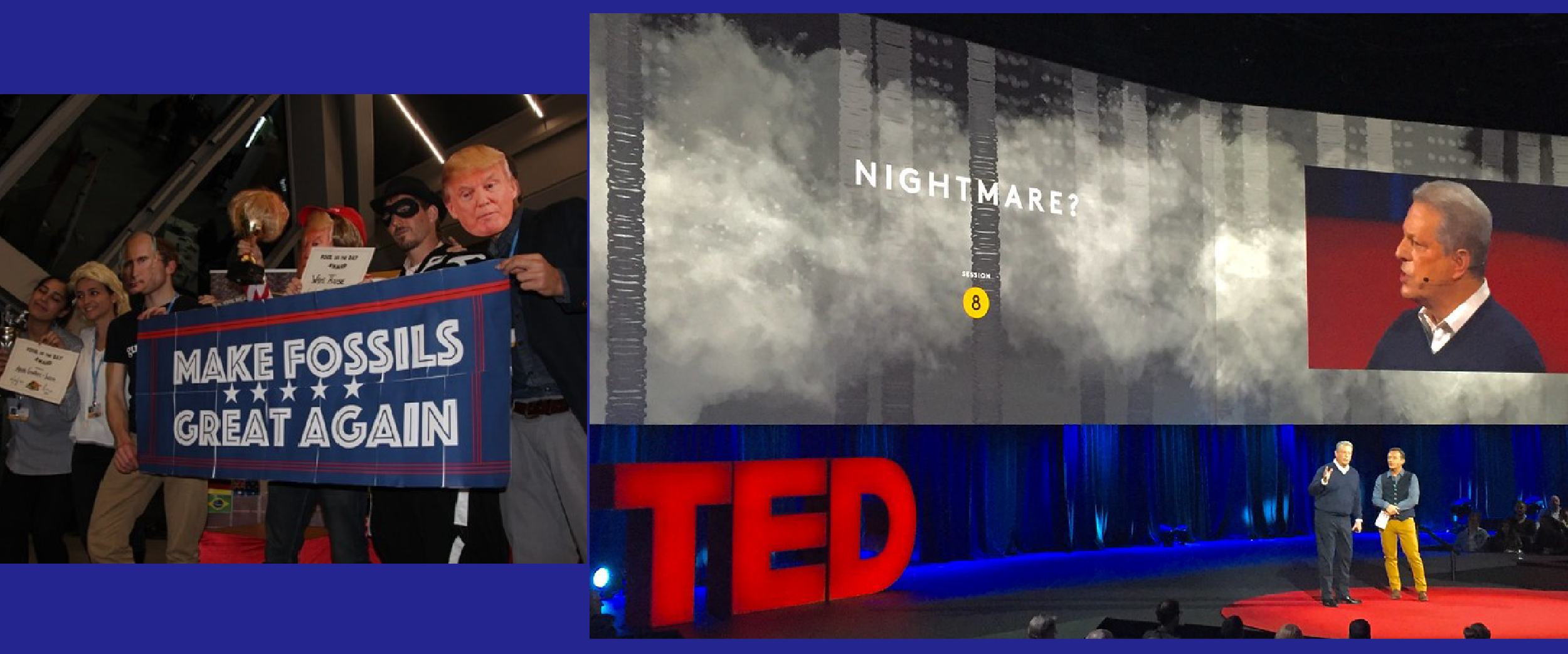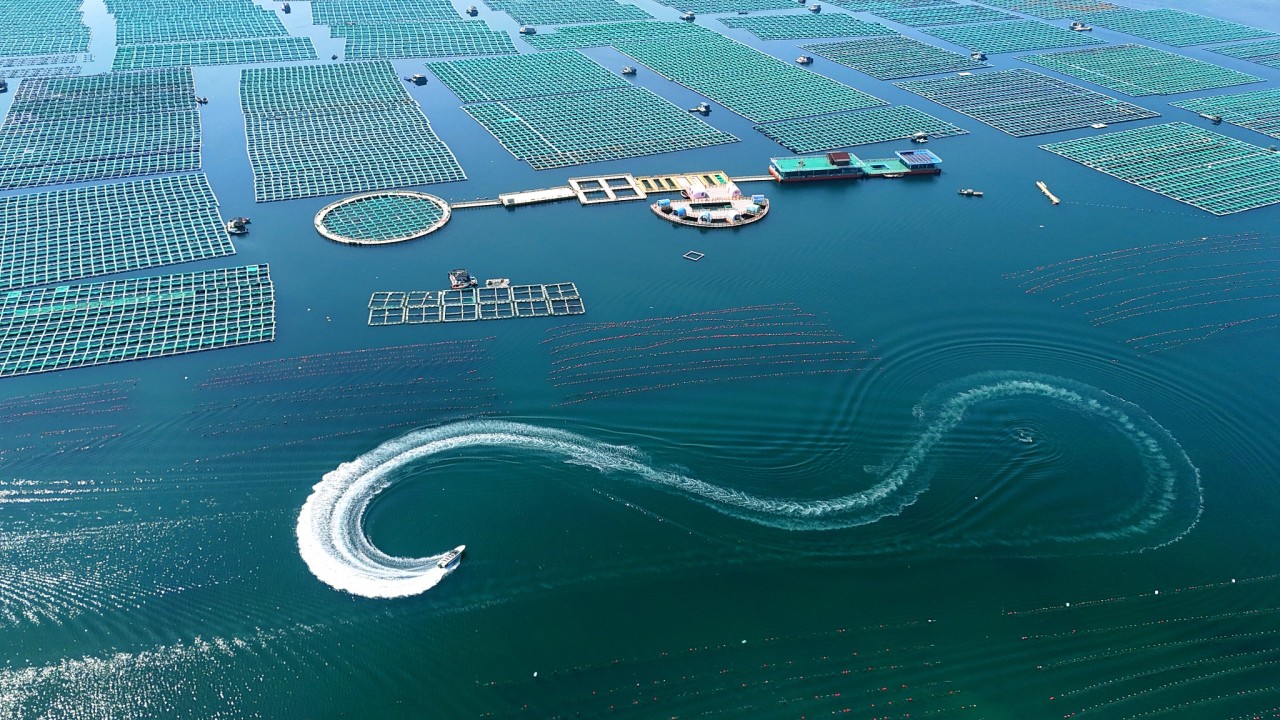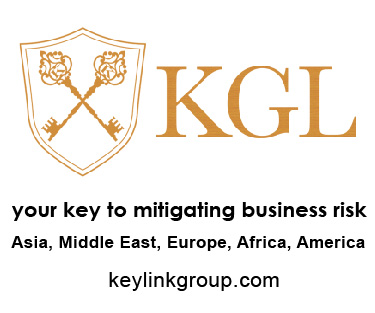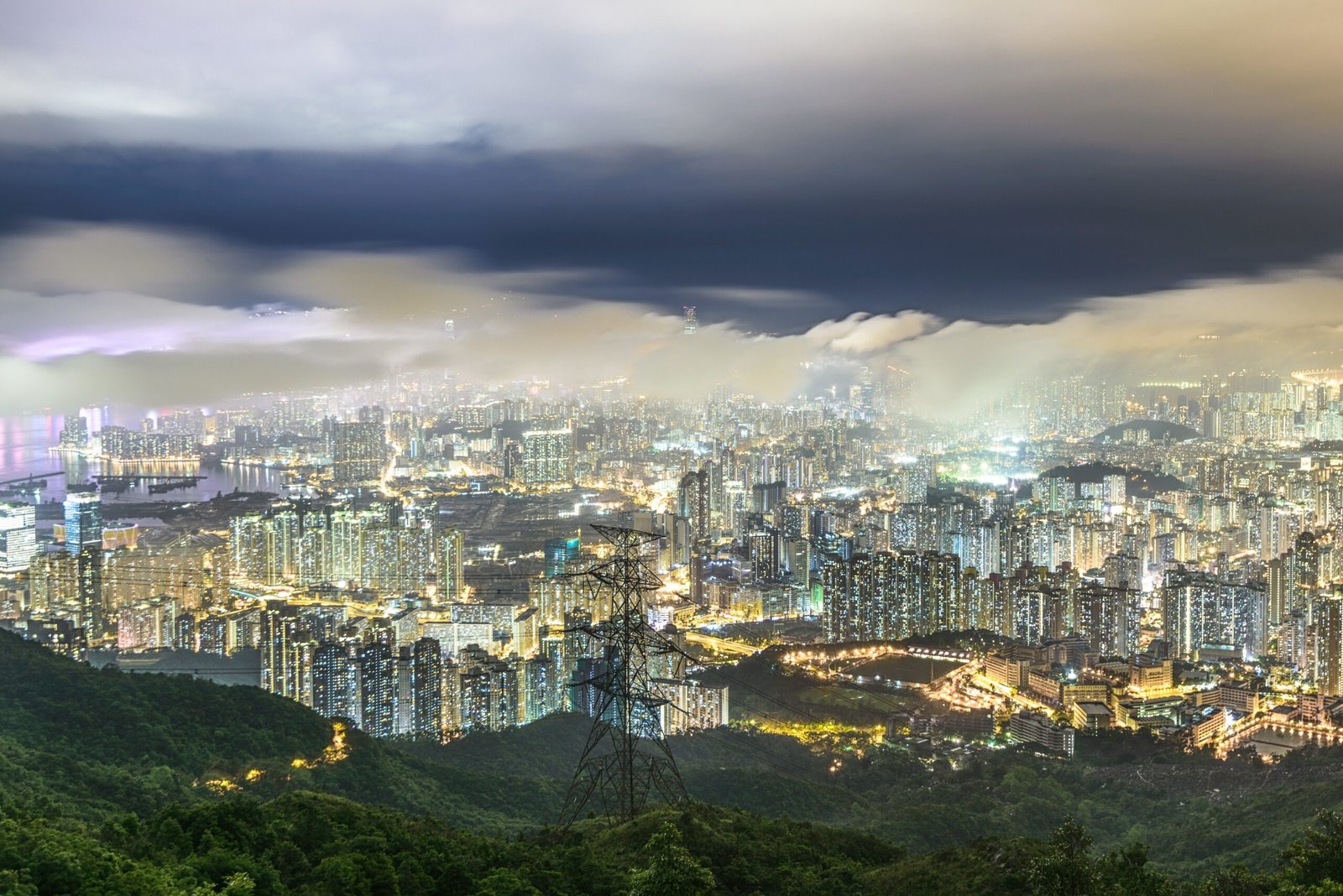Lynas, Mt Weld Mine WA
Sojitz Shipments Mark Decade-Long Strategy to Escape Beijing’s Supply Grip
Japan’s Sojitz Corporation has begun commercial imports of heavy rare-earth elements — dysprosium and terbium — sourced from Lynas Rare Earths’ Mt Weld mine in Western Australia and processed in Malaysia.
For decades, China wielded rare-earth minerals like a geopolitical cudgel — controlling not just extraction, but the entire refining and separation chain that turns raw ore into the magnets powering electric vehicles, wind turbines, and defense systems.
When Beijing wants leverage? It threatens export restrictions. When it wants to punish? It cuts supply.
Japan learned this the hard way in 2010, when China slashed rare-earth export quotas during a territorial dispute. Tokyo’s high-tech manufacturers panicked. The message was clear: dependency equals vulnerability.
That crisis gave birth to a plan. Fifteen years later, it’s finally paying off.
AUSTRALIAN ORE, MALAYSIAN PROCESSING, ZERO CHINESE CONTROL
“We’ll continue promoting diversification of the rare‐earth supply chain and contribute to a stable supply of critical materials,” said Sojitz CEO Kosuke Uemura.
The ore travels from Mt Weld — one of the world’s richest rare-earth deposits, sprawled across an ancient volcano in the Great Victoria Desert — to Lynas’ processing plant in Kuantan, Malaysia, where it’s separated and refined before shipping to Japan.
The kicker? Not a single step involves China.
Sojitz aims to scale these imports to cover 30% of Japan’s domestic heavy rare-earth demand — a strategic hedge against Beijing’s supply dominance.
THE 2010 WAKE-UP CALL
This partnership didn’t emerge overnight. It was forged in crisis.
After China’s 2010 export squeeze, Japan’s government bankrolled a diversification strategy under METI Minister Akihiro Ohata. The Ministry of Economy, Trade and Industry partnered with Sojitz, which signed a $250 million supply deal with Lynas to secure Australian rare earths. That capital also helped fund Lynas’ Malaysian processing plant — solving the water and power challenges that made on-site refining at remote Mt Weld impractical.
The investment worked. Japan cut its rare-earth reliance on China by one-third through the 2010s, according to Japanese government officials. Lynas became the only significant non-Chinese producer with refining capacity outside Beijing’s control.
WHY HEAVY RARE EARTHS MATTER
Lynas Corporation’s Mount Weld operations are the biggest producer of separated rare earth oxides outside China needed for magnets for EV’s Wind Turbines and Computers.

AUSTRALIA’S ROLE — AND ITS LIMITS
Mt Weld validates Australia as a strategic supplier for allied nations seeking China-free supply chains. Lynas shares have surged on geopolitical tailwinds, jumping as much as 53% during US-China trade tensions.
But Australia still faces a value-capture problem:
- Ore goes offshore — Mt Weld concentrates rare-earth oxide, but separation happens in Malaysia
- China still processes downstream — some Lynas material flows to China for further refinement
- Domestic capacity lags — Australia lacks large-scale separation and magnet-manufacturing facilities
The opportunity is clear: capture more of the value chain onshore. Moving from “ore exporter” to “magnet manufacturer” would transform Australia’s strategic and economic position.
CHALLENGES AHEAD
Even as Sojitz ramps up Australian imports, headwinds remain:
- China is flooding the market — ramping rare-earth production to pressure prices and competitors
- EV demand has cooled — softening global rare-earth prices and squeezing margins
- Malaysia’s regulatory risk — Lynas’ operating license has faced environmental protests and political pressure, deterring some institutional investors
Still, Lynas CEO Amanda Lacaze remains bullish: “We will continue to be the supplier of choice to non-Chinese customers.”
THE BIGGER PICTURE
The Sojitz-Lynas deal isn’t just about minerals. It’s about supply-chain sovereignty in an era where trade is weaponized and critical technologies become geopolitical leverage.
Japan spent 15 years building an alternative to Chinese rare earths. Now, as US-China tensions escalate and Europe scrambles for secure supply chains, Australia sits at the center of a global rebalancing.
The question: Will Australia seize the downstream opportunity — or remain a raw-materials supplier while others capture the real value?
For now, Japan has its answer. The ore is flowing. The China chokehold is loosening.
Sojitz Corporation’s rare-earth partnership with Lynas began with a $250M deal in 2011. Commercial shipments from the expanded arrangement began in November 2025.





